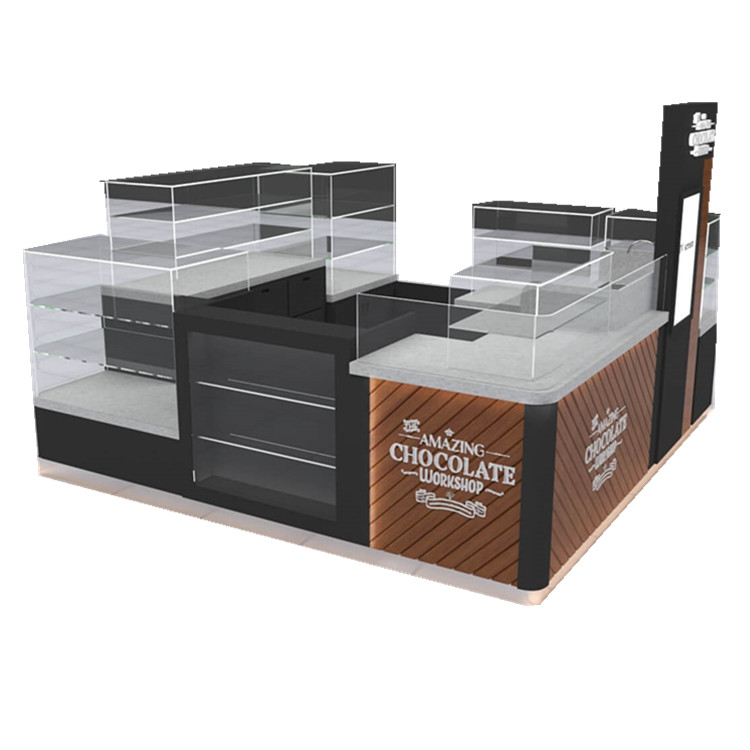
Operating a business from a compact footprint can be challenging—but it’s also one of the smartest ways to minimize overhead while maximizing reach. The popularity of the food kiosk model proves that smaller spaces can be just as profitable as larger ones when designed strategically. But the real key to making small areas work lies in smart space planning—and that’s where store fixtures come in.
Whether you're setting up a new food kiosk or optimizing an existing one, your layout, flow, and choice of fixtures can either enhance or hinder your operations. In this guide, we’ll walk through the smartest planning tips that help turn tight spaces into high-performing, visually appealing business hubs.
When you’re limited on square footage, every detail counts. Poor space planning can lead to:
Great space planning, on the other hand, maximizes every inch. It streamlines operations, showcases products better, improves customer experience, and boosts sales.
To begin your planning, divide your food kiosk into four core functional zones:
The selection and placement of fixtures can transform a cramped area into a well-functioning workspace. The right store fixtures not only improve storage and display—they support cleanliness, safety, and visual appeal.
Here are some fixture types ideal for food kiosks:
To explore a wide selection of space-saving fixture options, check out RT Display, a trusted source for high-quality, customizable store fixtures.
A smooth back-end workflow reduces service time and improves customer satisfaction. Consider the following tips:
Even in a small area, the customer experience can feel premium with the right design choices. Focus on:
For inspiration and tailored kiosk designs, visit My Food Kiosk. Their units are built with both visual appeal and functionality in mind, ideal for any small-format food concept.
Here are a few clever space-saving tricks you can use to make your kiosk feel more open and organized:
One of the trickiest challenges in a kiosk is finding room for everything. You need ample storage but don’t want to compromise on the presentation. Here’s how to balance both:
A modular approach to store fixtures gives you the flexibility to shift layouts or product offerings without a complete redesign.
Space-saving shouldn’t come at the cost of hygiene or safety. Be sure to:
Your local regulations may also dictate minimum spacing for equipment and sanitation practices—plan accordingly.
Smart space planning also means thinking ahead. If your kiosk performs well, you might want to open more locations. Choosing modular fixtures and standardized layouts now makes future expansion easier and more cost-effective.
Efficient space planning is the secret to running a successful food kiosk. With the right layout, streamlined workflow, and intelligent use of store fixtures, even the smallest spaces can become high-revenue environments.
Start by defining your functional zones, then choose professional-grade fixtures that support organization, display, and hygiene. Brands like RT Display offer versatile fixture solutions, while My Food Kiosk delivers custom-designed kiosks for every food concept.
By optimizing every square inch, you’ll deliver better service, drive more sales, and build a brand that thrives—even in tight spaces.